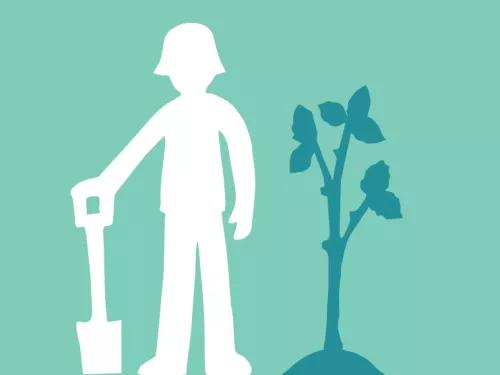
How to plant a tree
It might surprise you, but even the smallest of gardens can accommodate a tree!
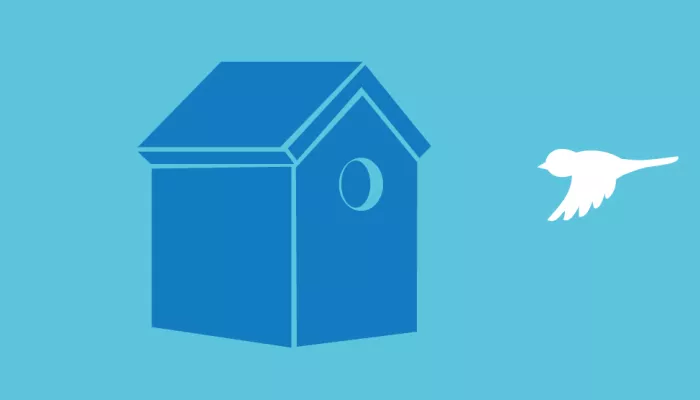
With natural nesting sites in decline, adding a nestbox to your garden can make all the difference to your local birds.
The total area of all gardens in the UK exceeds that of our nature reserves, and as development destroys trees, hedges and old buildings, natural nesting sites are in decline. Nestboxes placed in gardens can make a real difference to the success or failure of a breeding species in an area, especially when accompanied by the regular supply of suitable food and water.
Dimensions need not be precise; make the box to suit the materials available, rather than buying materials to match any given dimensions.
There is no standard, accurate design for a nestbox. Birds do not insist on their nest sites being mathematically precise! What they do require is a nest site which is secure and weatherproof, and as safe as possible from predators. So, make the box to suit the materials available, rather than buying materials to match any given dimensions.
Whether fixed to a tree or a wall, the height above ground is not critical to most species of bird as long as the box is clear of inquisitive humans and prowling cats. If there is no natural shelter, it is best to mount a box facing somewhere between south-east and north to avoid strong direct sunlight and the heaviest rain. The box should be tilted slightly forwards so that the roof may deflect the rain from the entrance.
You can use nails to attach the box directly to a tree trunk or branch; or you can use rope or wire wrapped right around the box and trunk (remembering to protect the trunk from the wire cutting into it by using a piece of rubber underneath it). Both methods are satisfactory, but obviously annual maintenance is easier if the box is wired and can be taken down easily for cleaning.
The number of nestboxes which can be placed in a garden depends on the species you wish to attract. Many species are fiercely territorial, such as blue tits, and will not tolerate another pair close by; about 2 to 3 pairs per acre is the normal density for blue tits. Other species, such as the tree sparrow, which is a colonial nester, will happily nest side-by-side.
Do not place your nestbox close to a birdtable or feeding area, as the regular comings and goings of other birds are likely to prevent breeding in the box.
After the end of each breeding season, all nestboxes should be taken down, old nesting materials removed, and the box should be scalded with boiling water to kill any parasites. Do not use insecticides or flea-powders – boiling water is adequate. Annual cleaning is best carried out in October or November.
Under the terms of the Wildlife and Countryside Act 1981, if unhatched eggs are found in the box, they can only legally be removed from October to January inclusive, and they must be destroyed – it is illegal to keep them.


It might surprise you, but even the smallest of gardens can accommodate a tree!

Find out how to attract birds into your garden all year round.
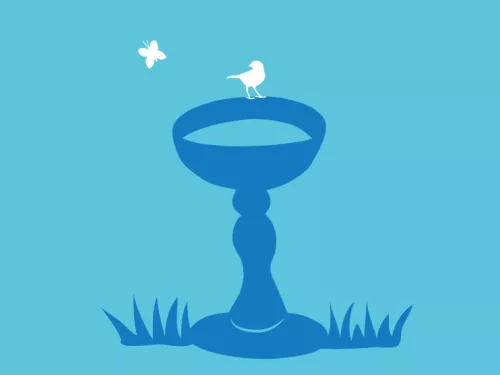
All animals need water to survive. By providing a water source in your garden, you can invite in a whole menagerie!

Surfaced spaces needn't exclude wildlife! Gravel can often be the most wildlife-friendly solution for a particular area.
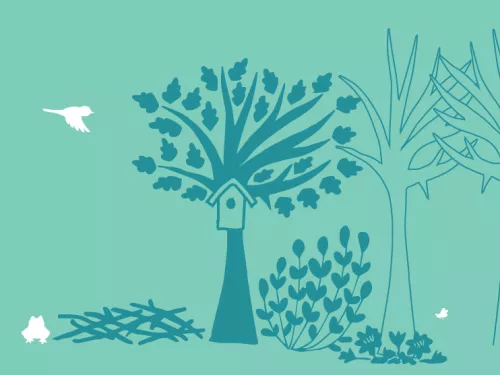
Few of us can contemplate having a wood in our back gardens, but just a few metres is enough to establish this mini-habitat!
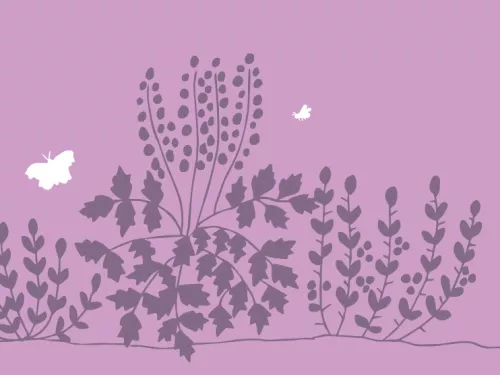
Woody shrubs and climbers provide food for wildlife, including berries, fruits, seeds, nuts leaves and nectar-rich flowers. So why not plant a shrub garden and see who comes to visit?